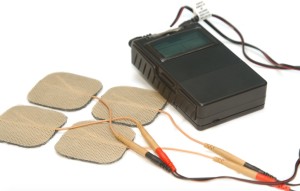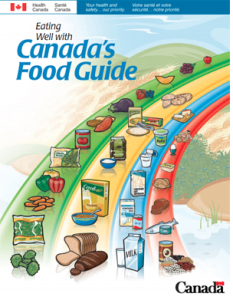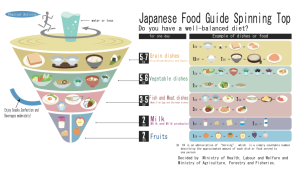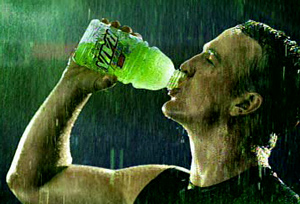Dr. Ho! How Does it Work?

Dr. Ho machines are Tens Machines or Transcutaneous Electrical Nerve Stimulation machines. The device has been around for decades, but Dr. Ho just did some amazing marketing for his product! The reason why Tens machines provide pain relief is by the following two main pathways:
1) Gait control of pain: You can think of this as the “pinch yourself to get rid of your shoulder pain” technique. It is essentially distracting your neurological pathways in order to scramble the pain signals coming from the site of your injury. As complicated as our bodies might seem, it is easily deceived!
2) Endorphin release: Think of Endorphins as your natural production of morphine. This natural opiate helps to numb the pain even further in order for your to go on with your day.
Now that we know what these machines do, the real question is if they work.
Short answer is YES! Why wouldn’t you want to reduce pain while you are doing amazing rehabilitation, functional exercises, medical acupuncture or restorative techniques with your healthcare team? Why would you want to be in pain when you can reduce that irritant and activity deterrent? Modalities sometimes have a bad rep in the rehab industry, but it is only bad if that is the only thing your physio/chiro/ AT is using for your rehabilitation or wellness program. As per our Dynamic Treatment Paradigm (DTP), your treatment plan should consist a variety of evidence-based manual techniques, rehab and modalities that accumulate to a better outcome.
How to get a FREE TENS MACHINE ?



